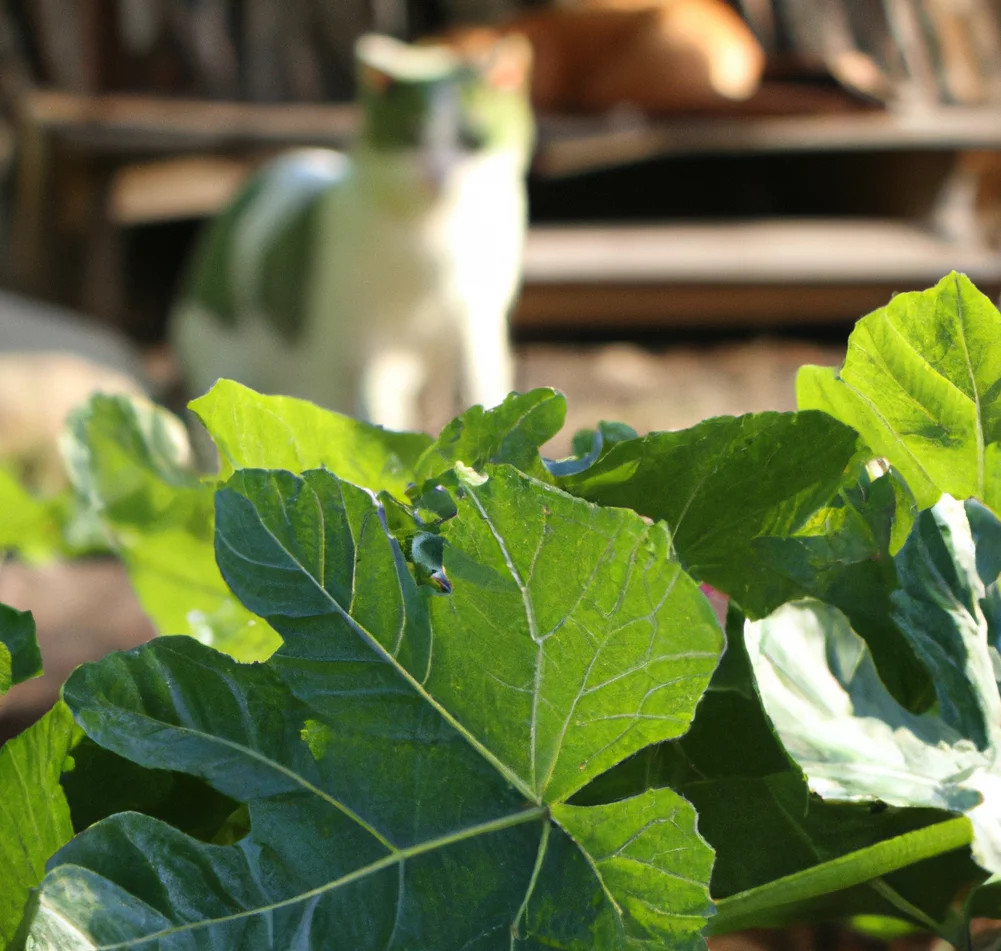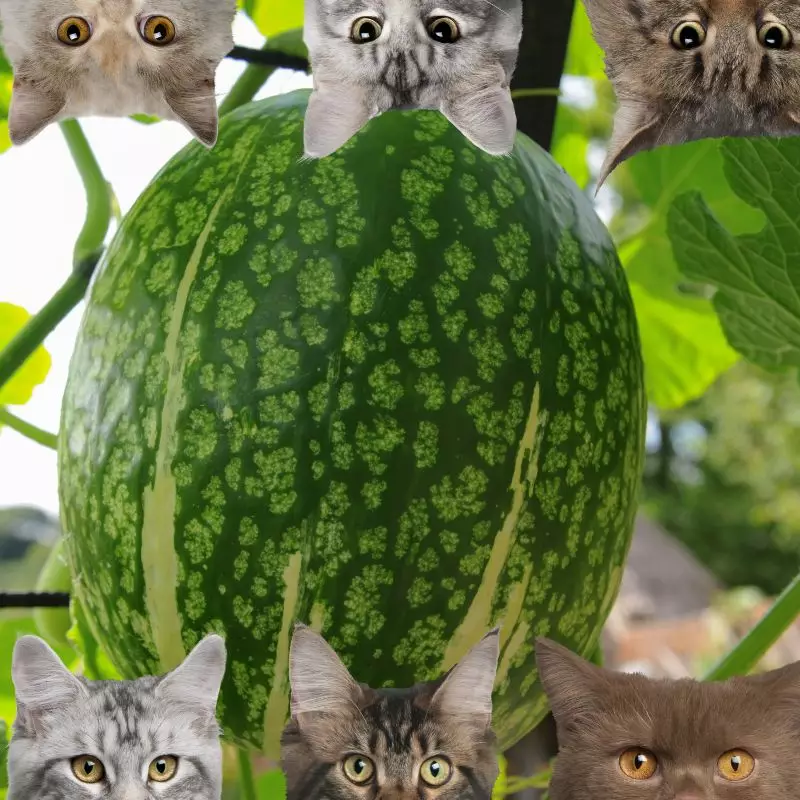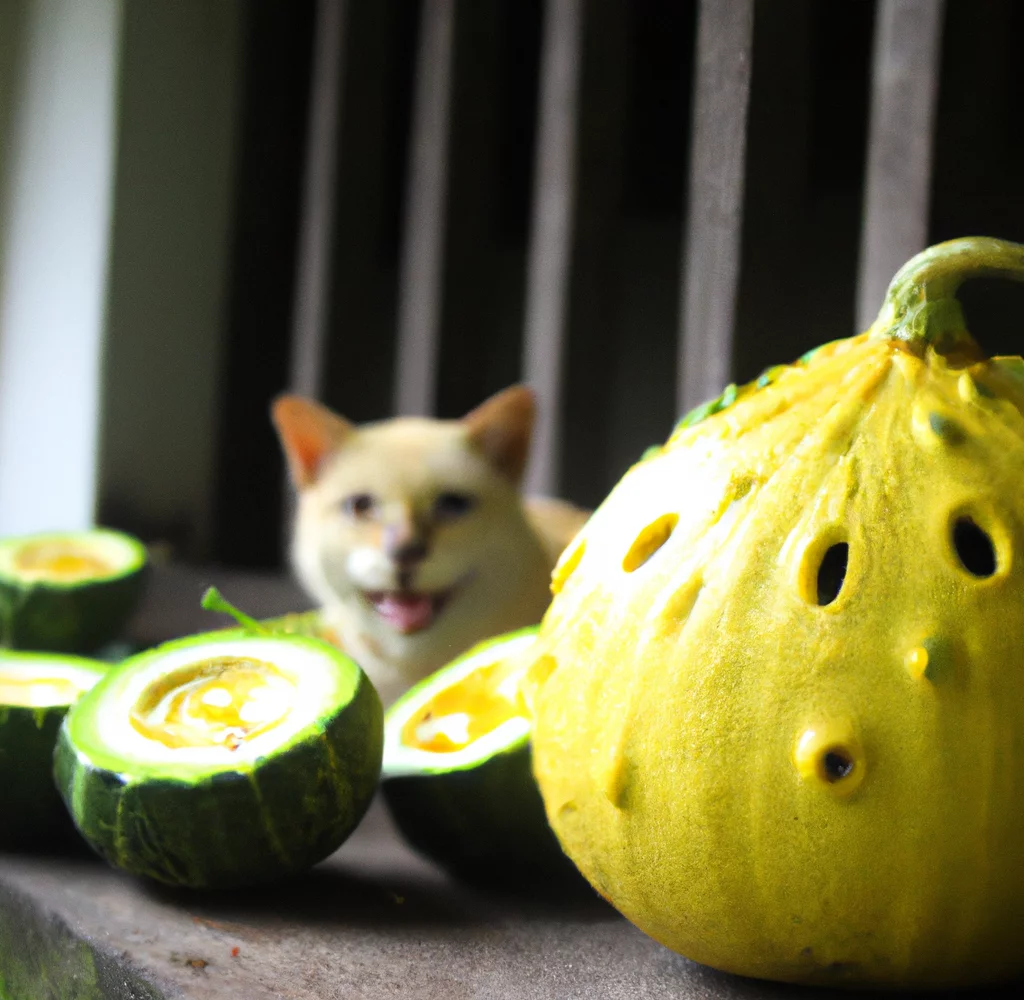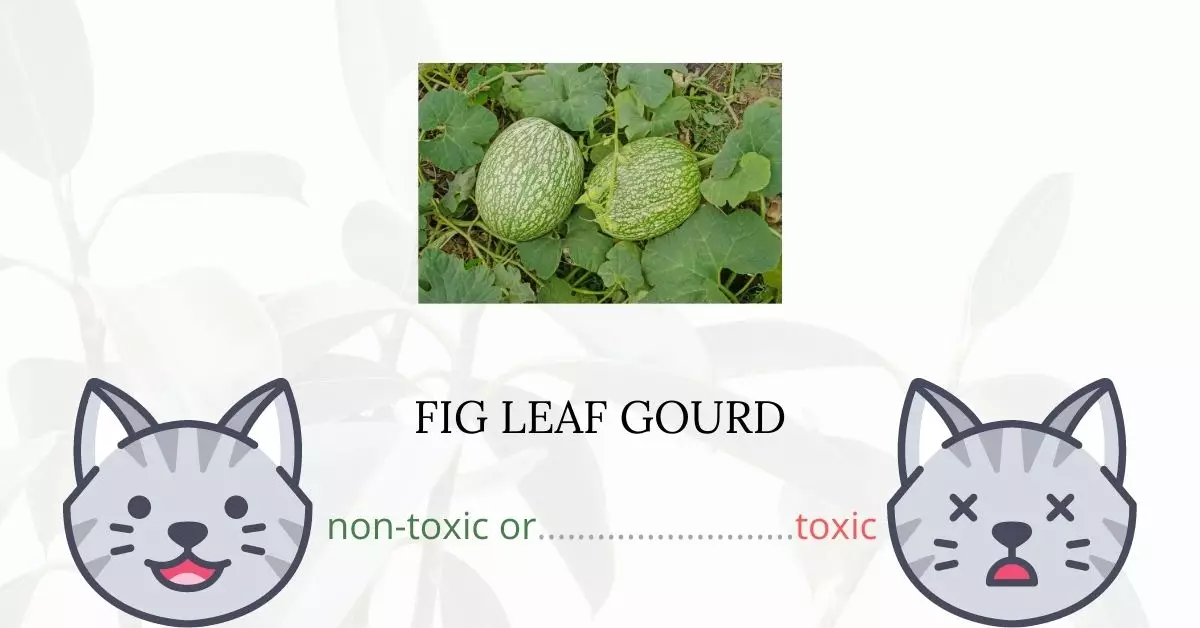No, fig leaf gourd or Malabar gourd is not toxic to cats.
This conclusion is based on research from high-authority sources such as The American Society for the Prevention of Cruelty to Animals (ASPCA) and PetMD. This perennial vining squash is primarily cultivated for its edible fruits, black seeds, and stems. Furthermore, this article has been crafted in close collaboration with a team of experienced DVMs (doctors of veterinary medicine).
Through their expert contributions, we ensure that our readers receive accurate and up-to-date information about the potential risks various plants, including the Fig Leaf Gourd, might pose to cats.
Can Cats Eat Fig Leaf Gourd or Malabac Gourd?

Fig leaf Gourd is a perennial vining squash. Squash (pumpkin is a squash) of any sort is beneficial for cats. They’re high in vitamins, fiber, and fatty acids, which are beneficial to urinary and digestive health. Just make sure the squash is cooked first because animals can’t break down raw squash as we can.
Keep in mind that your cat’s overall nutrition is quite important. If your cat is already eating a well-balanced diet, avoid overfeeding them with fruit, even if it is a healthy treat.
What is Fig Leaf Gourd or Malabac Gourd?

Fig leaf gourd (Cucurbita ficifolia) is a squash species used for its edible seeds, fruit, and greens. The Malabar gourd, black seed squash, and cidra are some of its common English names. Although it is related to other squashes in its genus, such as the pumpkin, it has significant biochemical differences and does not readily hybridize with them. Like the rest of the Cucurbita genus, C. The climbing vine ficifolia is an annual in temperate areas and a perennial in tropical climates. It does not have swollen store roots like some other Cucurbita species. The plant stem can grow to be five to fifteen meters long and generates tendrils that assist it to climb surrounding plants and structures. The plant is monoecious, with imperfect blooms (meaning both sexes can be found on the same plant), and insects, particularly bees, fertilize it. The blossoms are yellow to orange in color, and the fruit is rectangular in shape with a diameter of eight inches (20 cm), weighs eleven to thirteen pounds (5 to six kilograms), and produces up to 500 seeds. Its skin might be pale, black, or cream-colored. More than 50 fruits can be produced by a single plant. If kept dry after harvest, the fruit will survive for years without decomposing. It is endemic to the Americas although the precise center of domestication is unknown.
Keeping Cats Away From Fig Leaf Gourd or Malabac Gourd

If she does nibble on the plant, one taste of citrus should deter her from doing it again. Cats appreciate the flavor of plants, which is why they return to nibble on them again. Make the plants taste unpleasant to your cat’s taste buds. Because cats dislike the taste or scent of citrus, combine water with lemon, lime, or orange juice and spritz your plants with it. The scent of citrus is often enough to keep your cat away.
Your cat may be drawn to the planter rather than the plants. You might find her digging in the ground, mistaking it for a litter box. Make sure the soil your plant is in isn’t similar to her kitty litter in texture. Deter your cat from digging into the planter by placing attractive rocks on top of the dirt.
Plants to Avoid For Your Cats
If you are a cat owner and unsure if the plants growing in your yard are harmful to your cats, check out this list of toxic plants for cats. You can also check our list of non-toxic plants for cats.





